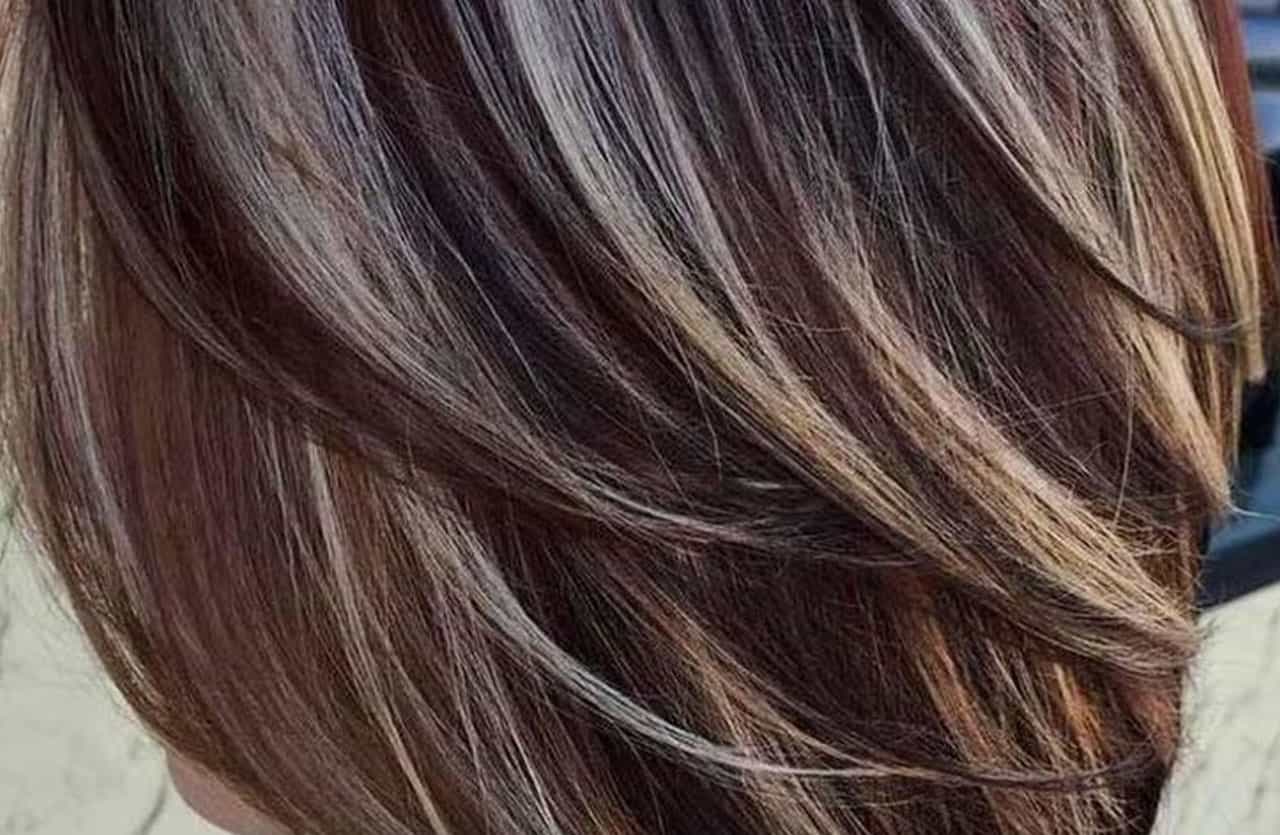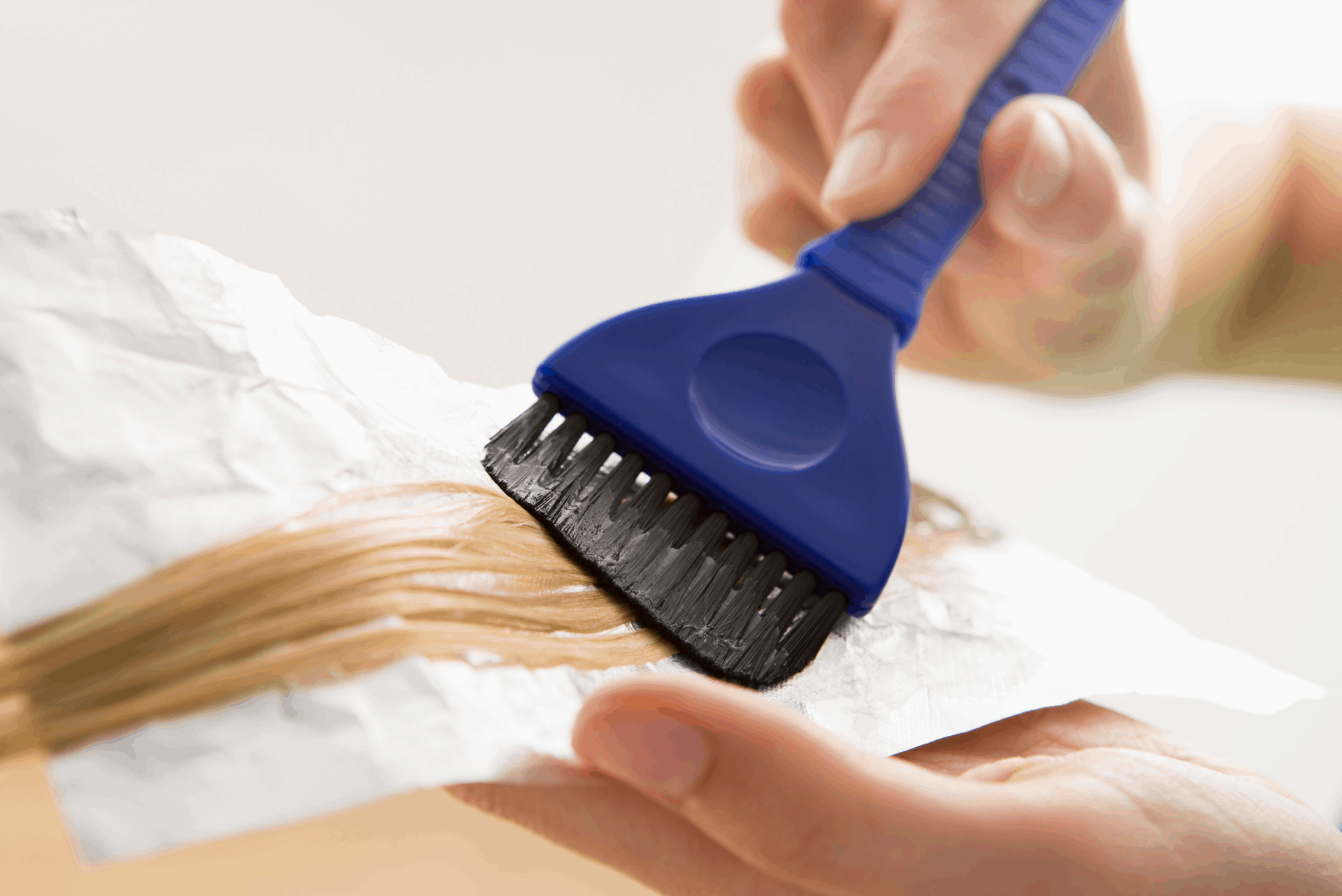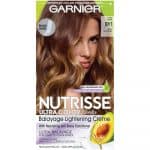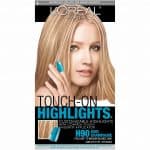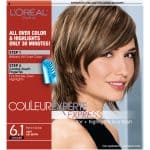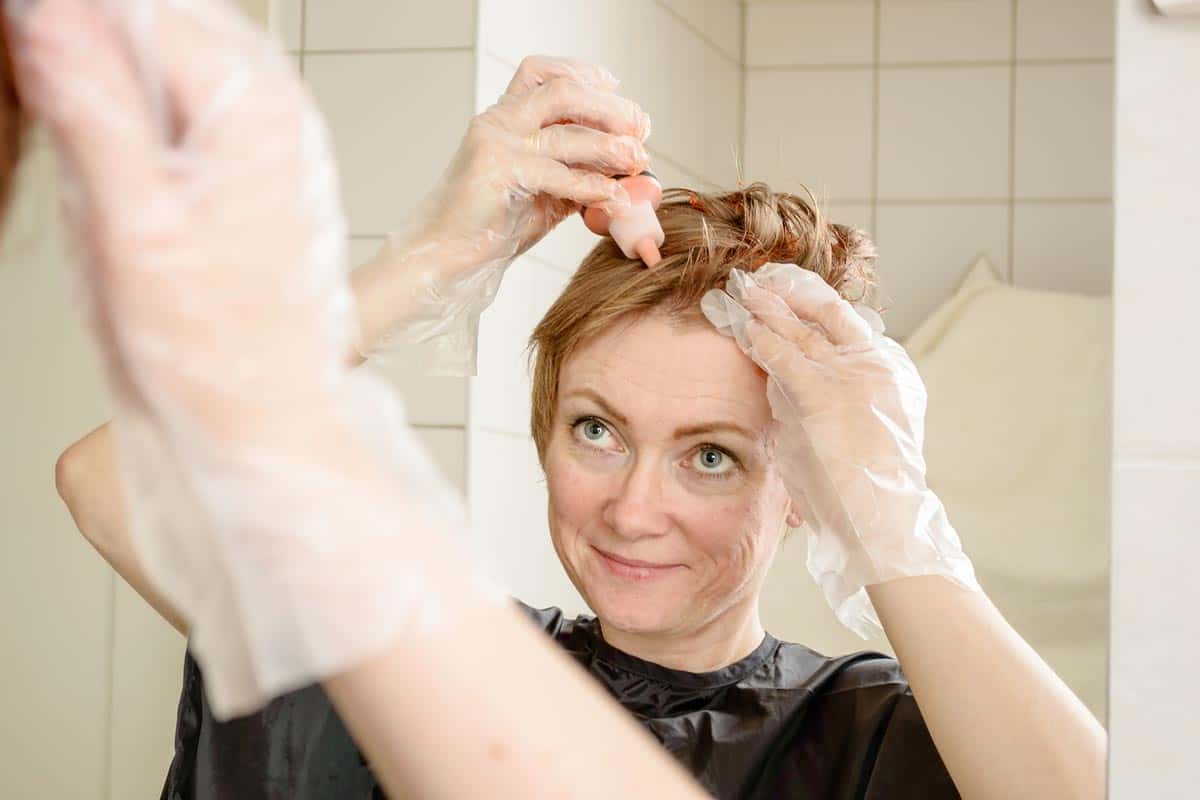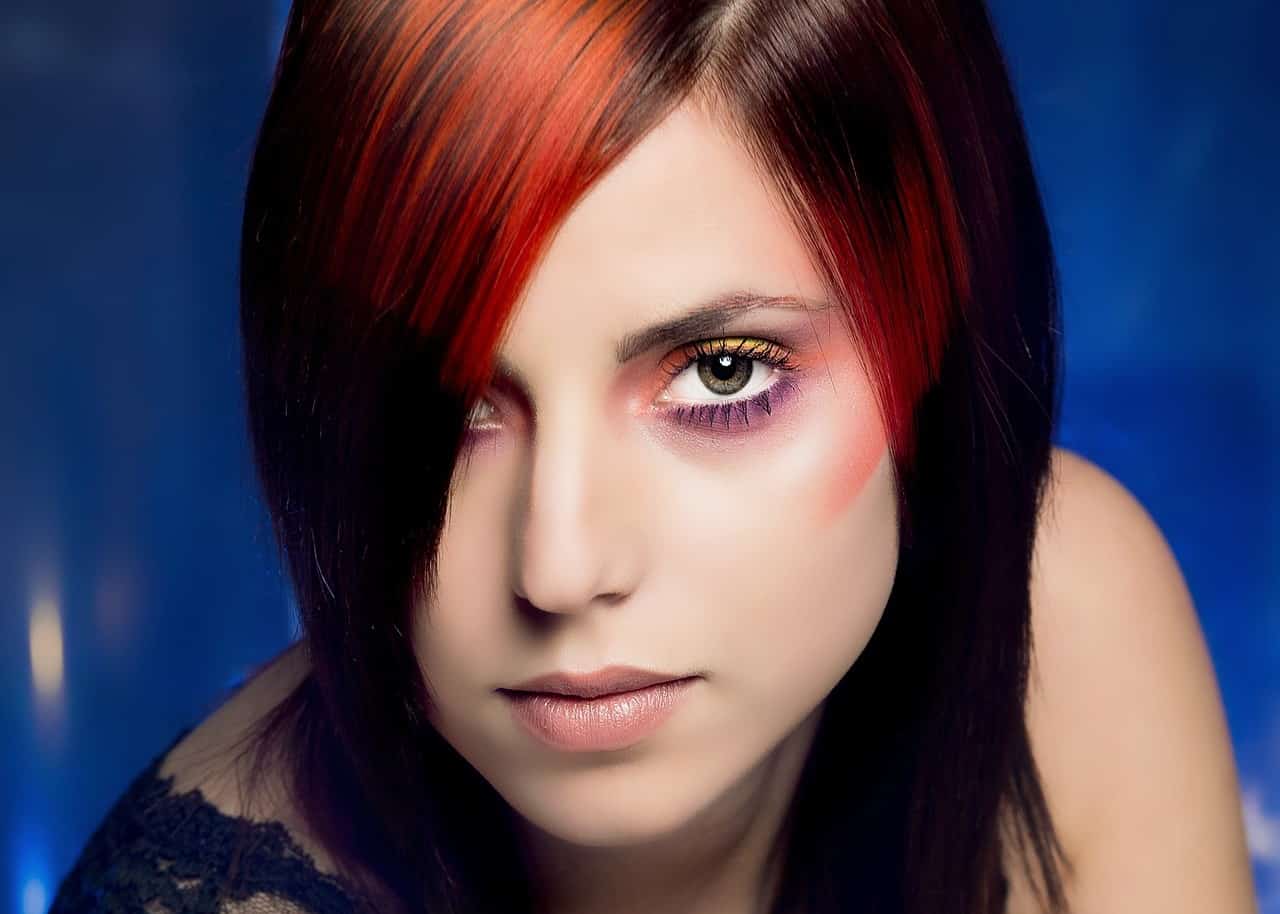If you want to go lighter but not necessarily full-on blonde, there are several techniques your hairstylist will discuss with you. Balayage vs highlights vs ombre, what is the difference, and which one will best add that perfect texture to your hair?
Depending on the end result you are looking for, one will be best suited than the others, so keep reading to learn everything about the differences between highlights vs balayage and other popular hair techniques such as Ombre or Sombre.
Table of Contents
Balayage Vs Highlights
Highlights are done with foil, which keeps the bleach or lightener heated and allows for much more intense lightening. Balayage, on the other hand, involves painting the bleach straight on your hair, using a freehand technique that gives a more organic and lighter result.
Both techniques involve lighting the hair using bleach or a high lift tint, so they will damage your hair a bit and have the same maintenance issues (namely, making sure you know how to fix yellow hair after bleaching and keeping it from going green or brassy).
Also, both techniques will show root regrowth, but it will be less obvious with balayage as the highlights generally don’t go as light and the pattern isn’t so clear.
What Are Ombre and Sombre?
Ombre and somber (short for subtle ombre) are highlighting techniques that use balayage or highlight foils to lighten the hair starting mid-head, instead of at the roots. The effect is similar to having several months’ worth of regrowth, but in a face-framing, enhancing way.
Perfect for low-maintenance girls, as it only needs to be updated every few months and you can just cut the lightened ends if you want to go back to all-over color.
Ombre is generally more striking, whereas sombre only goes a level or two lighter so the effect is more “hair after a lovely holiday on the beach”.
The difference between ombre and balayage is that ombre usually involves the ends of the hair having an all-over color different from the roots, whereas with balayage your natural color will peek through and there won’t be a demarcation line.
Should I Get Highlights?
If you are after an overall lighter look, and your natural hair is dark, highlights often give more lift. They allow the colorist more control over the highlight placement and thickness. Also, the foil makes bleach more effective as it keeps the heat in, which means it allows you to go lighter and get higher contrast.
Foil highlights lighten the hair from the root to the ends, which means the highlights can be more visible as stripes (so, choose a good colorist if you are keen to avoid the zebra look). At the same time, they give you a more consistent and formal look than free-hand painting techniques.
If you want all-over blonde, or all-over highlights, foil is the way to go but keep in mind you will need to visit the salon every 4 to 6 weeks for retouches, unless you are happy with the dark roots look. Upkeep involves only lightening the roots and possibly toning the highlights themselves, so it’s not so damaging to the hair (always good to avoid bleach on bleach unless your hair is very strong).
What Is Balayage Good For?
Using balayage instead of foil highlights is best if you want to lighten your hair but want more of an organic, sun-kissed look with darker roots and lighter ends. Since the bleach is handpainted on your strands there is not a visible pattern and the resulting color is different along the strands.
For more lift, you can also hand paint balayage to strands inside foils, but it’s a technique that can be difficult to master. This is particularly important if your hair is naturally dark and you are worried about ending up with brassy, orange stripes in your hair.
The grown out from balayage is much less obvious than with highlights as the effect is subtler and the roots are not so clearly visible, but at the same time, the result is more informal and edgy.
Maintenance-wise, balayage is perfect if you don’t have the time or money to go to the salon every month. You can get it touched up every 3 or 4 months, or let it grow into an ombre. However, with balayage you can’t just touch up the roots, so strands that were lightened will be bleached again. This means some more hair damage, but since you only do it every few months your hair will have time to recover.
An important difference between ombre and balayage is that while ombre will grow on its own, balayage may need some retouching at the roots to avoid becoming an ombre style.
Can I Do Highlights or Balayage at Home?
Highlights and balayage are more complicated techniques than all-over color, and often they are better left to a professional unless you are really good at doing your own hair and aren’t worried about less than perfect results.
If you are thinking of going more than a couple of levels blonde or you have a lot of permanent dye on your hair, it’s better to see a colorist because you may end up with very damaged hair, banding where the old dye hasn’t lifted properly or brassy tones.
If you decide to go for it, start with a few highlights and add more until you are happy with the result.
Less is more, and it’s much easier to add some more highlights or go blonder than to try and darken bleached strands.
Some people wear cap highlights, where you put a cap with small holes and pull hair through it. Personally, I find them very tricky to use unless you are really familiar with how your hair falls because trying to pick the right strands through the holes is not easy. But for a few highlights, particularly if you aren’t going too light, they can be quick and easier to use than foils.
Balayage looks easy, but getting the right placement is surprisingly tricky, so get a friend to help place the highlights where they frame your face best (for example, if you want to draw attention to your lips get the highlights to start at your cheek level to frame your face).
So What About Ombre?
Ombre is more of a coloring technique and less of an overall lightening one. The ends are lightened, so it looks like you are growing out your latest blonde or your hair got naturally sunkissed while you were on a sunny beach somewhere.
Keep in mind that a difference between ombre and balayage is that your balayage is done all over your head, while ombre only damages the ends. This is the typical California surfer look but without the need to fry your hair in the sun.
It’s a graduated lightening, so your roots will stay dark while your hair gets lighter from the mid-shaft, which means no visible root regrowth and low, low, low maintenance.
Usually, ombre involves using balayage, to avoid a distinctive hard line where your hair starts going lighter. It can be as subtle or striking as you like and can be done in other colors besides blonde (red ombre, anyone?). So it’s great if you want to change your hair, but you don’t want the commitment.
Whether you choose highlights, balayage, or ombre, it’s important to follow up with a good maintenance plan so your hair recovers from any bleaching damage. Many hairdressers use products such as Olaplex, designed to prevent the bonds in the hair from breaking. However, you should also consider a shampoo and conditioner suitable for highlighted hair, and weekly treatments to ensure your hair remains in good shape.
What’s Next
See our essential hair color charts before you get started on your new dye projects!
0
